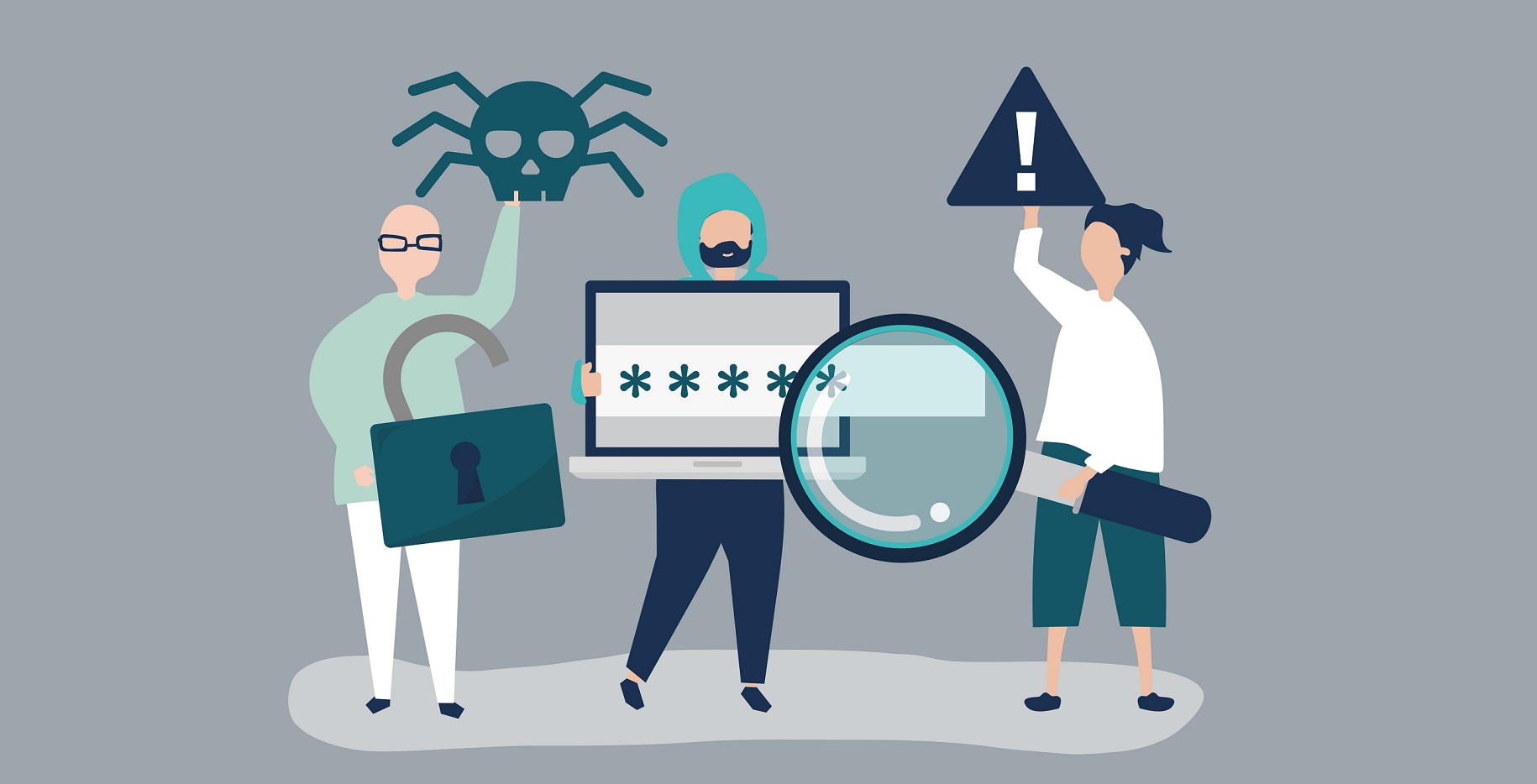
Cybercriminals thrive in a climate of distraction such as the current global pandemic. They know employees are adjusting to new technology, companies are still fine-tuning their work-from-home policies, people may be receiving payments from the government for the first time and requests for donations come in daily.
This is not a time to panic. It’s a time to take stock of your cybersecurity plan, remind yourself how to spot potential scams, and share information with colleagues, friends and family members who may be more vulnerable to cyberscammers.
Planning is the first line of defence
Your cybersecurity plan is a combination of technical solutions and everyday best practices. At minimum, your defence strategy includes:
- Ensuring your software is up-to-date and you have a reliable firewall.
- Making sure you and your team know how to spot potential threats.
- Letting everyone knows what to do in the event of a security breach.
- Reviewing your office insurance policy to see how you are protected against the cost of cybercrime.
Spot the scammers
Distraction can cause us to let down our guards and we forget the basic techniques for easily identifying online scammers. Here are the tip-offs that you could be a target.
A request for personal information
Credible businesses and not-for-profit organizations rarely ask you to confirm personal information or make account updates within a message. Even if everything in an e-mail looks legitimate, this is a red flag. Do not reply and trash the message.
Abnormal e-mail addresses
E-mail addresses that do not conform to normal formats are sure fire tipoffs. For example, john@lawyersfinancial.ca looks right. Mail.info@lawyersfincial.org is probably fake.
Bad writing
Spelling and punctuation mistakes can sometimes happen. But when you see a lot packed into one email or text, it’s a warning sign. Trash or delete.
Clickbait
Elements designed to entice you to click on links or images are clickbait. Even if a link looks legitimate, let your mouse hover over it until the real address appears on your screen. Clickbait will often convey a sense of unusual urgency. Voice, e-mail and text messages that give you an urgent deadline or threaten dire consequences if you do not call, click or tap are probably a cybertrap. Ignore and delete.
Spread the word
You are a credible voice in the community. Friends and family may appreciate getting valuable information about how to protect themselves. Forward these tips and strategies to anyone you feel could use a refresher on staying ahead of cybercrime.
Need office insurance?
3 easy steps | As little as 5 minutes | You’re covered | Start Now


